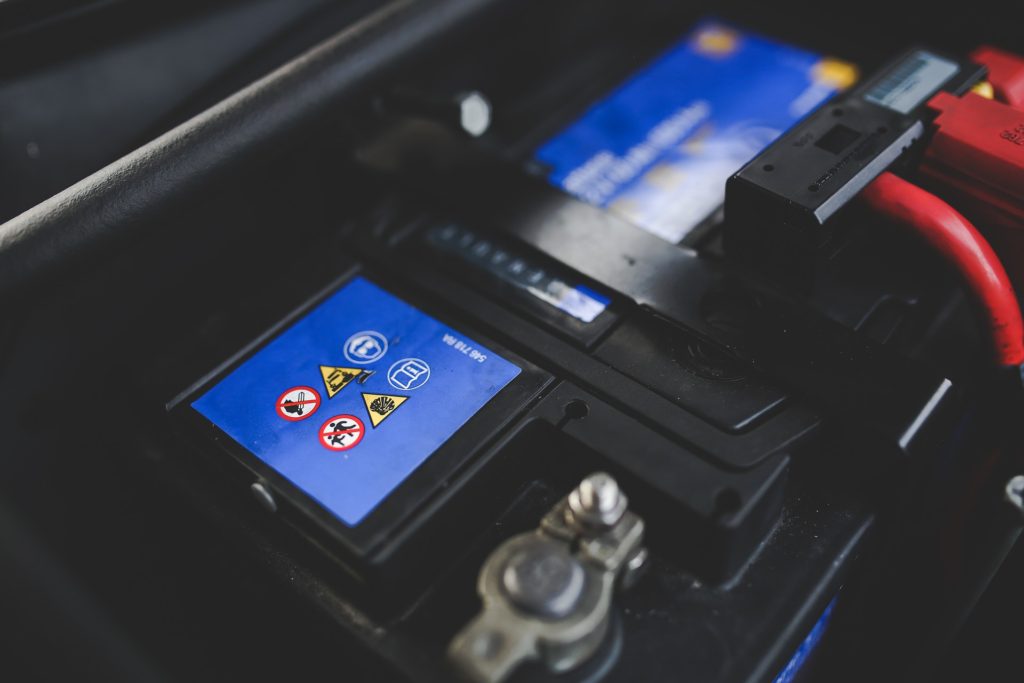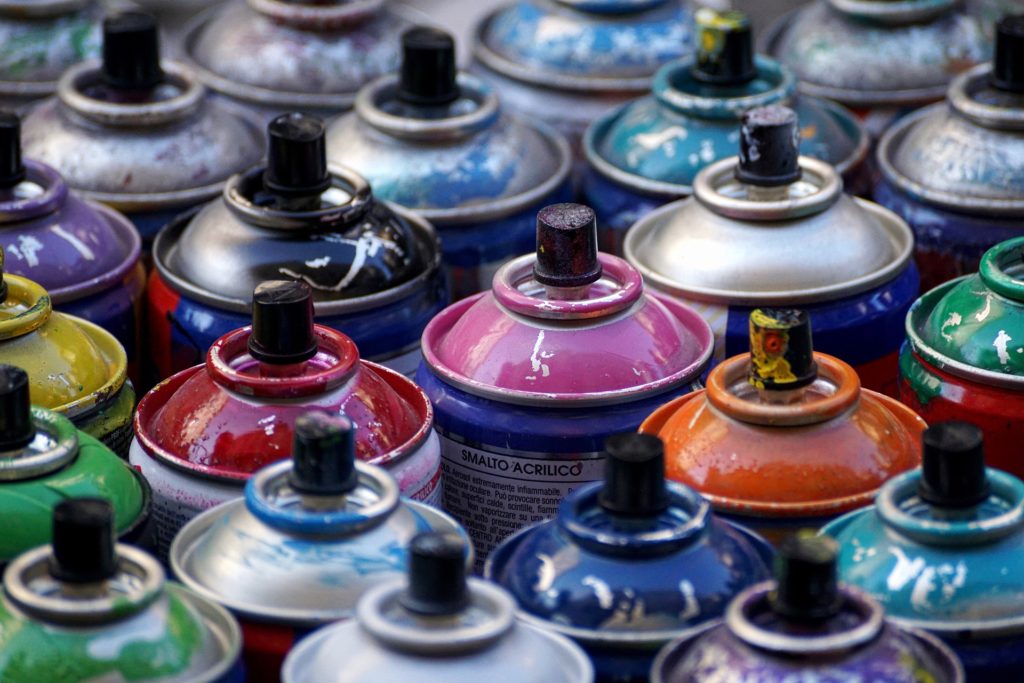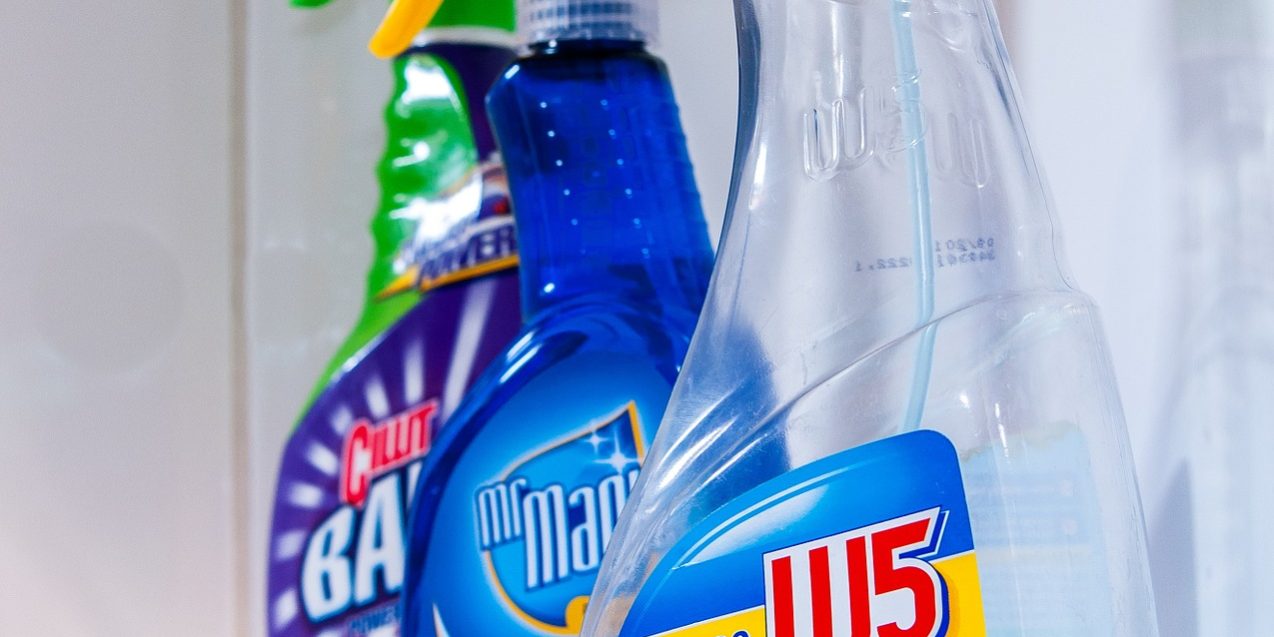When most people hear the term, “hazardous materials,” images of leaky toxic waste barrels oozing dangerous chemicals in an old rusty factory come to mind. In reality, hazardous materials, or dangerous chemicals, are for more common. The average American comes into contact with dozens of dangerous chemicals daily. While it’s true that most manufacturers rely on hazardous materials in producing common household products, what happens when these goods leave the factory floor and enter millions of households nationwide? Do they become inert? Of course not. The discarded car battery in your garage of the bucket of motor oil in the basement, and even those old paint cans with rusty lids are prime examples of household hazardous waste. And like the hazardous materials found in those large industrial complexes, household hazardous waste must be properly managed and disposed of.
Unfortunately, disposing of hazardous household waste isn’t as easy as going the the local landfill. Many garbage and sanitation departments won’t accept dangerous cleaners, batteries, garden pesticides or even common motor oil due to its propensity to leak and contaminate the environment. As a result, cities, hospitals and even universities find themselves under a growing demand to provide adequate storage for household hazardous waste. If citizens are not provided with a convenient, one-stop drop off point for dangerous chemicals, you can almost guarantee these substances will find their way into local streams, playgrounds and parks. U.S. Hazmat Rentals’ fire-rated chemical storage warehouses can provide immediate storage and temporary disposal for dangerous household items that cannot be thrown away at most convenience centers or landfills.
What is Household Hazardous Waste?


EPA considers some leftover household products that can catch fire, react, or explode under certain circumstances, or that are corrosive or toxic as household hazardous waste. Products, such as paints, cleaners, oils, batteries, and pesticides can contain hazardous ingredients and require special care when you dispose of them.
Source: epa.gov
Household Hazardous Waste Examples
Below is a comprehensive list of common household hazardous waste examples. As we mentioned before, these items cannot be discarded at most community landfills. Disposing of these substances by pouring dangerous chemicals down a drain or dumping into your hard is illegal and potentially dangerous to protected waterways.
- Car batteries
- Motor oil
- Pesticides
- Household cleaners
- Furniture polish
- Paint
- Spray paint
- Mineral spirits
- Paint thinner
- Certain medicines
- Car wax
- Diesel and gasoline
- Brake fluid
- Antifreeze
- Transmission fluid
Household Hazardous Waste Storage Compliance
Needless to say, hazardous waste disposal isn’t cheap. Since it cannot be thrown away or neutralized like everyday trash or garbage, the ancillary storage costs can be astronomical. Some municipalities charge businesses several dollars per pound for hazardous waste disposal. Small businesses and local municipalities can greatly benefit by investing in compliant waste storage. Every U.S. Hazmat Rentals Household Hazardous Waste Storage Locker is equipped with an innovate spill sump containment system that sits below a steel grated floor. If a spill does occur, the hazardous waste is simply collected in the sump below where it will remain before it can be properly removed. An optional fire suppression system can also quickly douse flames in the event of a spontaneous fire.






